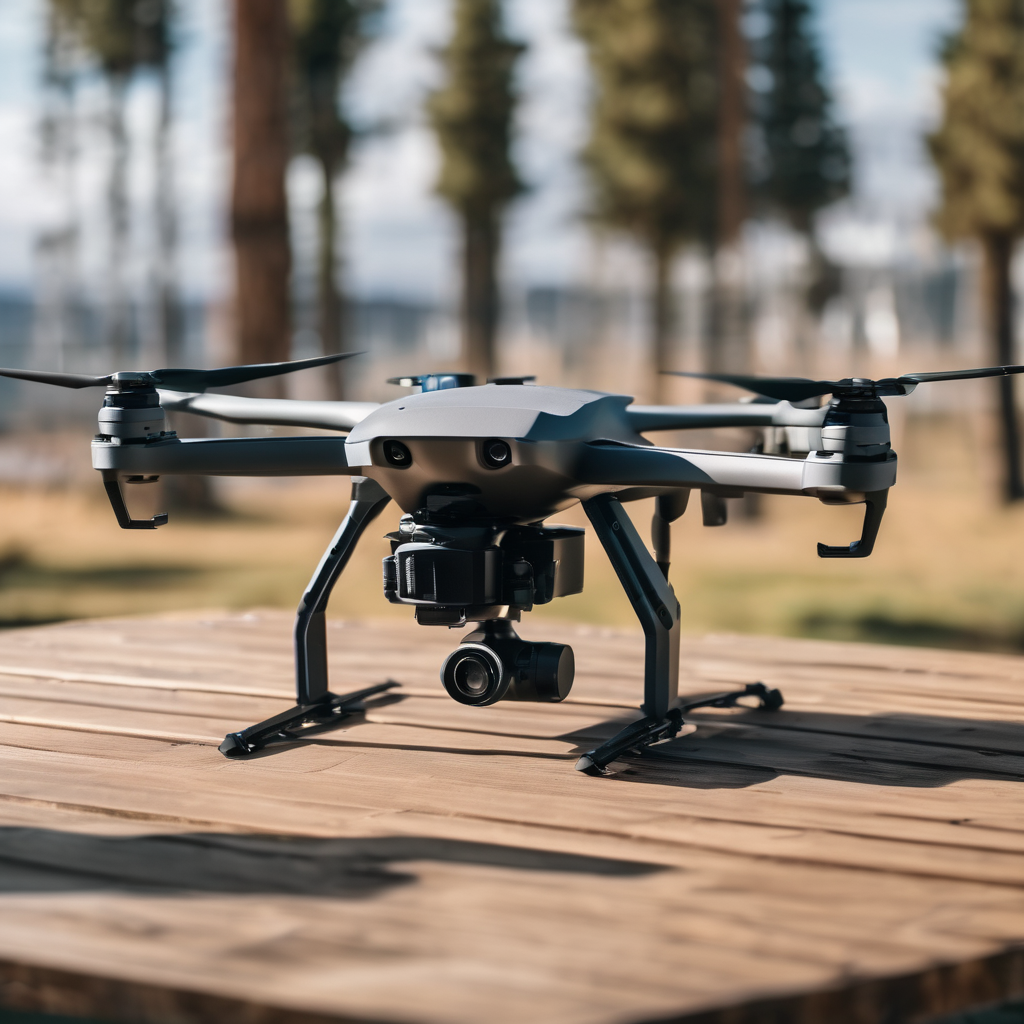U.S. Secretary of the Army Dan Driscoll has issued a strong rebuke of the defense industry’s practices, claiming that military contractors have imposed costly and inefficient solutions on the American military. He alleged that these companies deceived both the public and the Army by pushing specialized products despite the existence of more affordable and effective alternatives in the market.
Driscoll cited the M10 Booker tank as a prime example of this inefficiency. Initially designed as a lightweight tank, the project ended up producing a 42-ton vehicle that was too heavy to be transported by standard military aircraft like the C-130J, ultimately leading to the project’s cancellation. He described this situation as emblematic of broader procurement failures within the military.
Moreover, ongoing scandals regarding inflated prices continue to plague military procurement. A recent Pentagon inspection revealed that Boeing significantly overcharged for components of the C-17 aircraft, with parts sold at prices up to 55 times higher than market rates. An instance highlighted involved a button for the Black Hawk helicopter, which cost the Army $47,000, while a comparable part was available for just $15.
The high costs of military parts often stem from the rigorous certification process they must undergo. These certifications can dramatically inflate prices due to alterations in materials, design specifications, temperature ranges, and other factors. For instance, a civilian toggle switch priced at $15 is transformed into a MIL-SPEC certified version that can cost over $60 due to added specifications for aviation compatibility, and some items even exceed $1,000.
In response to these challenges, the U.S. Army is adopting a new procurement strategy, wherein 90% of purchases will focus on commercial solutions while only 10% will be for specialized equipment. This shift aims to streamline processes, improve responsiveness to military needs, and significantly reduce costs. A notable example of this new approach is the incorporation of a commercially available Caterpillar engine into the new M1E3 Abrams tank, marking a significant innovation in military procurement practices.
The Army’s pivot to utilizing commercial products demonstrates a proactive approach to addressing inefficiencies and fostering a more cost-effective defense strategy moving forward.
